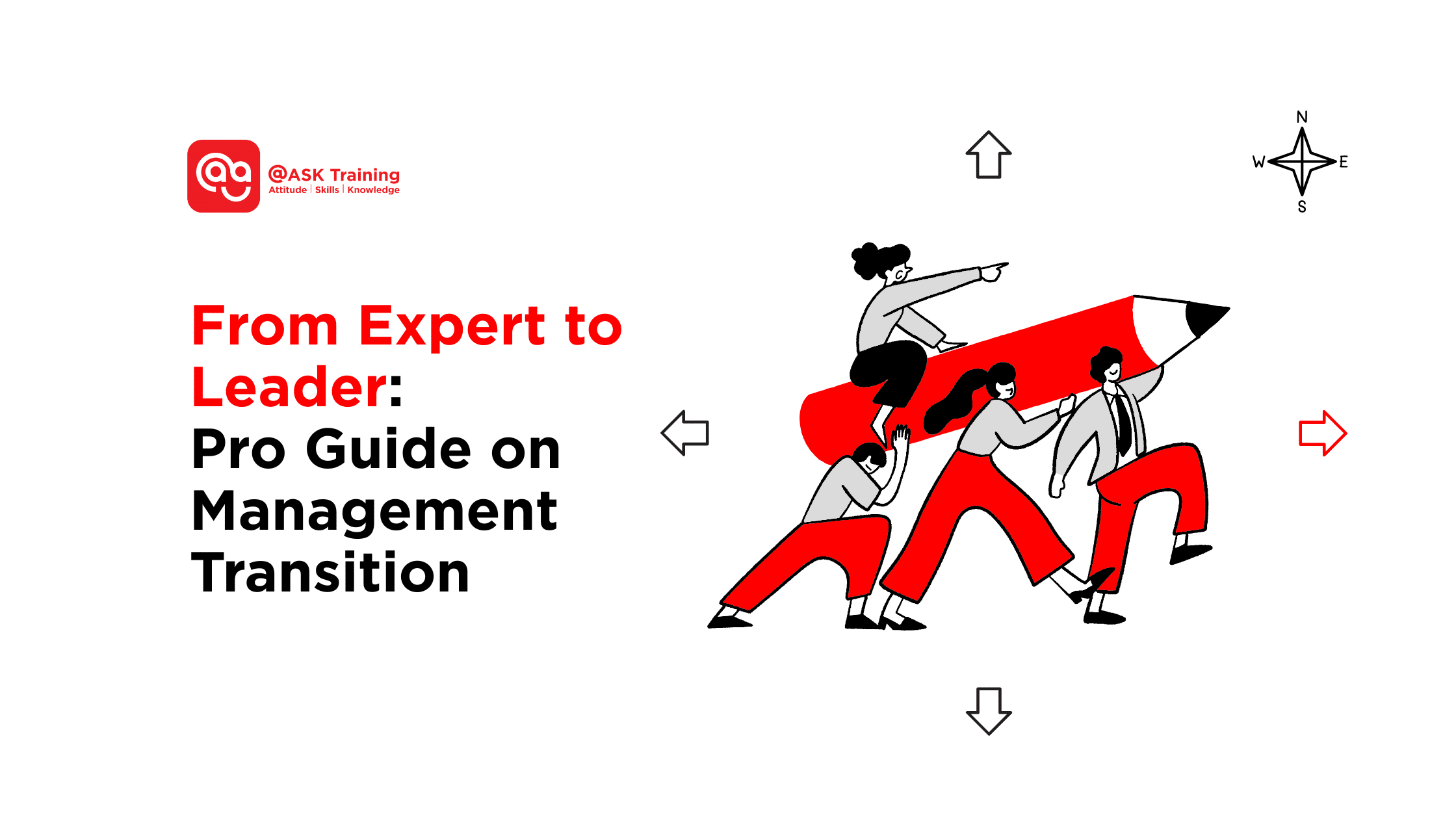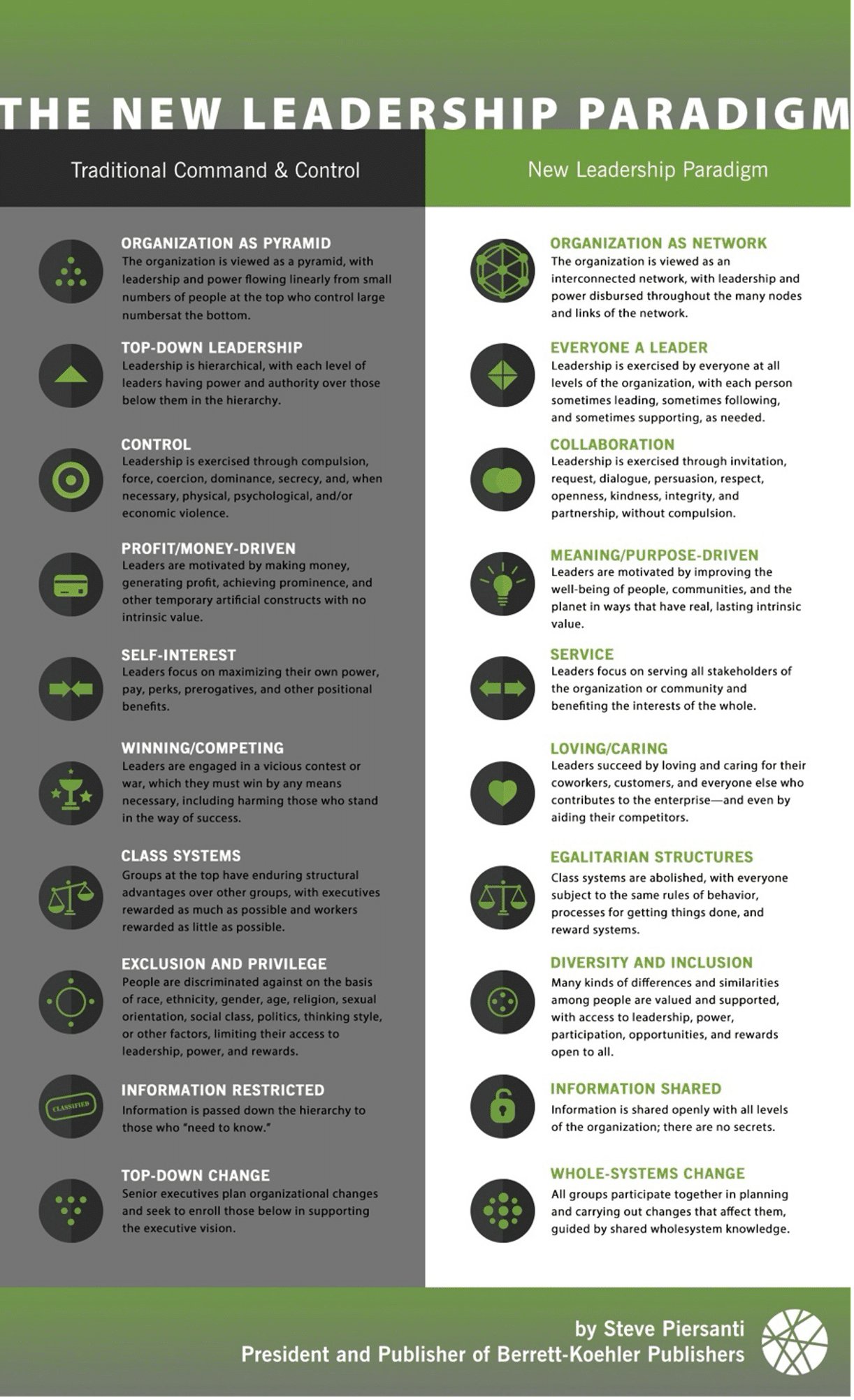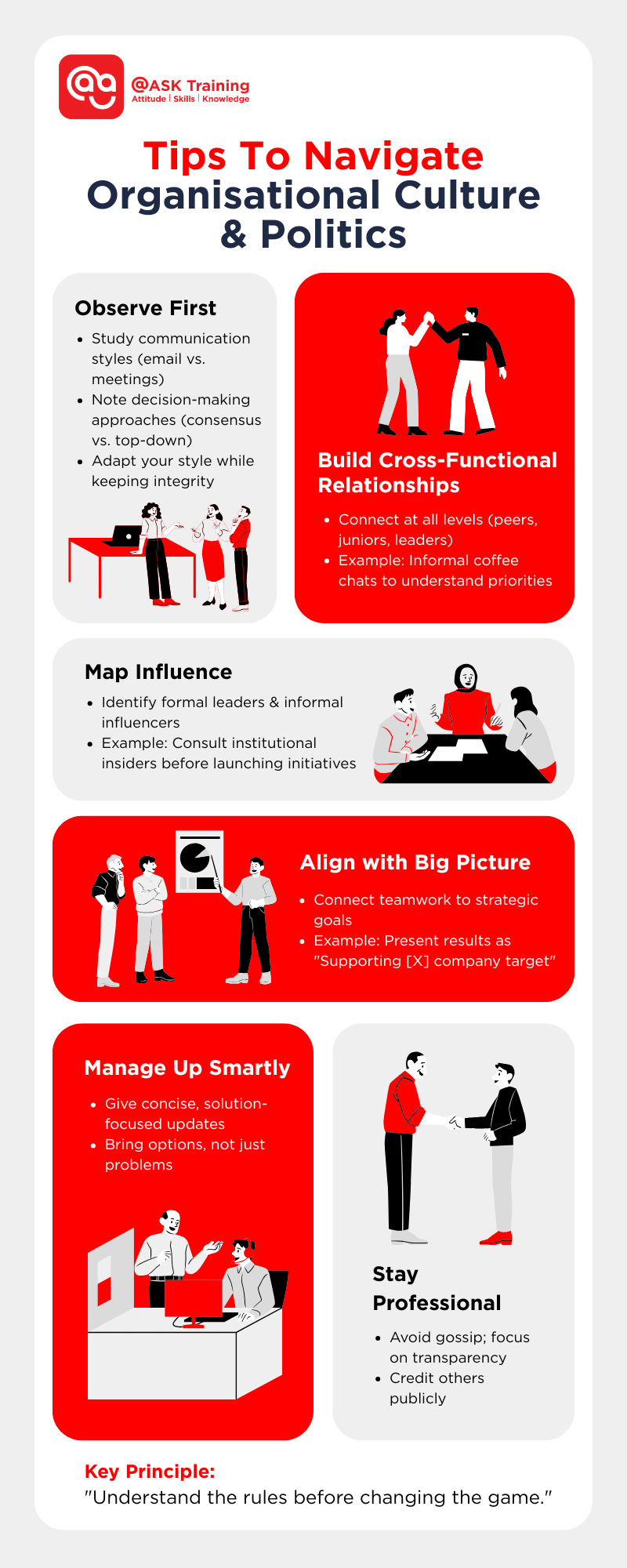Taking the leap from a subject-matter expert to an organisational leader is a pivotal career milestone, one that offers both great opportunity and significant challenge.
60% of new managers fail within 24 months due to poor transition support (Forbes). Making the leap from expert to leader isn’t just a promotion; it’s a complete identity shift.
Whether you’ve recently stepped into a managerial role or are preparing to move in that direction, the management transition requires a deliberate shift in mindset, skills, and approach.
In this guide, you’ll gain insight into the key differences between expert and leadership roles, explore the new manager challenges you’re likely to encounter, and discover actionable strategies to support your leadership development.
This article is designed to help professionals successfully transition from expert to leader and thrive in their new role.
Understanding the Shift: From Expert to Leader
One of the most underestimated aspects of transitioning into leadership is recognising how fundamentally different the new role is.
As an expert, your value was rooted in your knowledge, precision, and execution. Success depended on your ability to solve problems and deliver results independently.
However, leadership is not about doing; it’s about enabling. A leader’s success is defined by their ability to align a team, inspire performance, and contribute to broader organisational goals.
You’ll move from being the go-to person for answers to the one who asks the right questions and empowers others to find solutions.
This executive role transition involves:
- Shifting from control to delegation
- From delivering results to enabling results
- From personal accountability to shared responsibility
A team-first mindset is essential. You’re no longer working in a silo; you’re leading as the coach.
Expert vs Leader: A Responsibility Breakdown
Transitioning from an expert to a leader requires more than a title change; it demands a fundamental redefinition of success.
As an expert, your value comes from what you accomplished individually; as a leader, it shifts to how you empower others collectively. Below is a stark contrast between the two roles:
| Responsibility | Expert | Leader |
| Focus | Task execution | Team enablement |
| Success Metrics | Personal output/accuracy | Team performance & morale |
| Decision-Making | Technical correctness | Strategic alignment & trade-offs |
| Time Allocation | 80% doing, 20% coordinating | 20% doing, 80% coaching |
| Accountability | Owns individual results | Owns team outcomes |
| Skills Prioritised | Technical mastery | Emotional intelligence, delegation |
| Conflict Resolution | Solves problems alone | Facilitates team solutions |
Why This Matters:
Experts thrive in control; leaders thrive in collaboration. If you find yourself defaulting to “I’ll just do it myself,” pause and ask: “Who on my team could grow from this task?” The table above can serve you as a checklist for your leadership mindset shift.
This shift mirrors the New Leadership Paradigm described by BK Connection, where leaders stop trying to be the hero who fixes everything and instead focus on helping their team solve problems together.
New Leadership Paradigm (Source: BK Publishers)
Let’s look at why this shift can feel challenging.
Common Challenges in Management Transition
While the promotion may be rewarding, the reality of leading a team can feel overwhelming. Here are some of the most common new manager challenges:
1. Letting Go of Hands-On Tasks
Many new managers struggle to delegate, especially when they believe they can complete a task more efficiently themselves. But clinging to execution can hinder team growth and prevent you from focusing on strategic leadership.
2. Trusting Others’ Capabilities
Shifting from self-reliance to relying on others can be a challenging transition. Building trust in your team’s skills and giving them space to experience both success and failure is critical to leadership maturity.
3. Navigating Organisational Politics
You will need to learn how to handle relationships across departments, recognise informal networks, and support your team—all while staying aligned with the larger goals.
Real-World Examples of Management Transition Challenges
Example 1:
A newly promoted finance manager may encounter resistance when driving cross-functional projects. Without understanding the underlying organisational dynamics and stakeholder expectations, even well-intentioned initiatives can stall.
Learning to read the political landscape is key to successful execution.
Example 2:
A former marketing strategist stepping into a team lead role may face pushback on campaign priorities unless they learn to balance team input with upper management expectations.
A subject-matter expert stepping into a leadership role often finds it challenging to delegate tasks effectively, needing to build trust in their team’s capabilities while letting go of hands-on control.
But these challenges can be overcome by developing key skills. Let’s go deeper.
Developing Essential Leadership Skills
Success in leadership doesn’t come from a title alone; it requires continuous development. Key competencies include:
1. Communication and Active Listening
Great leaders communicate clearly, but more importantly, they listen. Regular check-ins, open feedback loops, and transparent goals are key to building trust.
2. Decision-Making and Problem-Solving
Unlike decisions made as an individual contributor, leadership decisions often involve ambiguity and complexity. You’ll need to weigh stakeholder interests, consider long-term impact, and make judgments without perfect information.
3. Emotional Intelligence and Empathy
Your ability to read situations, manage your emotions, and relate to others is crucial. Emotional intelligence in leadership improves conflict resolution, motivation, and team cohesion.
This means noticing when team members are stressed, helping to resolve conflicts calmly, or adjusting your approach to accommodate different personalities.
If you’d like to explore this topic further, we’ve discussed emotional intelligence in our previous post.
Now let’s talk about turning these skills into action with your team.
How to develop these essential leadership skills:
1. Attend Leadership Development Programmes or Workshops
Structured training provides a solid foundation in leadership theory, tools, and techniques. These programmes often simulate real-world scenarios, enabling new leaders to practice their skills in a low-risk environment.
Tip: Look for leadership programmes focused on topics like conflict resolution, strategic thinking, or change management. Many organisations or business schools offer short courses designed for first-time managers.
2. Engage a Mentor or Coach
A mentor (within or outside your organisation) offers guidance based on experience, while a coach helps you uncover insights and develop action plans.
Both can accelerate your growth and provide perspective on challenging situations.
Example: A mentor can help you navigate internal politics or offer feedback on your management style, while an executive coach might help you refine your communication or delegation approach.
3. Practice Reflection and Journaling
Leadership development is not just about learning new skills—it’s also about self-awareness.
Journaling helps you evaluate what went well, what didn’t, and why. This reflection builds emotional intelligence and critical thinking.
Tip: After a team meeting or performance review, take 10 minutes to write down what worked, where you felt discomfort, and what you might do differently next time.
4. Read Widely on Leadership Topics
Books, articles, podcasts, and case studies expose you to diverse leadership philosophies and experiences.
From classic texts to modern voices, continuous learning broadens your perspective and sharpens your thinking.
Suggested Resources:
- Welcome to Management: How to Grow From Top Performer to Excellent Leader by Ryan Hawk
- The First 90 Days: Proven Strategies for Getting Up to Speed Faster and Smarter by Michael Watkins
- Leaders Eat Last: Why Some Teams Pull Together and Others Don’t by Simon Sinek
- When the Best Leadership Skill Is Just Being Present (Harvard Business Review)
- 20 Leadership Lessons To Embrace in 2025 by Ryan Hawk (Watch here)
With these skills, you’ll be ready to build a stronger team!
Building and Leading Effective Teams
Leadership is a team sport. To succeed, you must build a group that collaborates, trusts, and delivers results together.
One of the most crucial transitions for any new leader is moving from individual contribution to building and empowering a high-performing team.
Strong teams require intentional leadership that strikes a balance between trust, clarity, and accountability.
As a new manager, your role is to create an environment where individuals feel supported, understand their purpose, and are equipped to make meaningful contributions.
Key Strategies:
1. Delegate with Purpose
- Effective delegation is more than just offloading tasks—it’s about assigning responsibilities that align with team members’ strengths and areas for growth.
- Example: Rather than simply handing off a report to the most efficient person, consider giving it to someone ready to stretch into analytical work. Provide context, set expectations, and let them know why they were chosen.
2. Set Clear Expectations
- Ambiguity kills momentum. High-performing teams thrive when they understand goals, deadlines, roles, and success criteria.
- Example: At the start of a new project, host a kick-off meeting to align on outcomes, timelines, and responsibilities. Follow up with a written summary for clarity.
3. Foster Open Communication
- Create a psychological safety by encouraging open dialogue, asking questions, and fostering the freedom to challenge ideas without fear of judgment.
- Example: Regularly invite feedback in team meetings by asking, “What’s something we could improve from last week?”, and model how to receive it constructively.
4. Provide Constructive Feedback Regularly
- Don’t wait for formal reviews. Offer frequent, timely feedback that helps your team learn and grow. Make it specific and actionable.
- Example: Instead of saying “great job on the presentation,” try “your summary slide helped clarify our message, next time, consider starting with that to hook the audience sooner.”
5. Recognise and Celebrate Contributions
- Recognition builds morale and reinforces desired behaviours. Publicly acknowledge both individual and team wins, big or small.
- Example: Give a quick shoutout in a Monday morning huddle, or send a team-wide email highlighting someone who handled a client issue with professionalism and creativity.
6. Build a Culture of Inclusion and Trust
- Inclusion isn’t just about diversity, it’s about ensuring every voice feels valued. Make space for different perspectives and encourage quieter team members to share their contributions.
- Example: In brainstorming sessions, rotate facilitators or use tools like anonymous polls to ensure everyone’s voice is heard, not just the loudest voices.
Why It Matters:
- When people feel trusted, clear on expectations, and part of something meaningful, they don’t just follow, they engage.
- A leader’s job is to unlock that potential and shape a culture where collaboration and accountability go hand in hand.
Of course, leading well also means understanding your workplace.
Navigating Organisational Culture and Politics
Every organisation has its unwritten rules, social networks, and power dynamics. Your ability to read and work within these structures can accelerate or stall your leadership impact.
One of the most underestimated challenges is learning to navigate the unwritten rules of the organisation.
While your previous role may have focused on technical accuracy or task completion, leadership requires a broader understanding of how influence, decision-making, and alignment occur beyond formal reporting lines.
Organisational culture is the set of shared values, norms, and behaviours that shape how things get done.
Office politics, on the other hand, often refers to the informal networks, power dynamics, and hidden agendas that influence outcomes, whether you like it or not.
Mastering both is essential for building credibility, advancing initiatives, and protecting your team from unnecessary roadblocks.
Practical Tips:
- Observe Before Acting
- As a new leader, take time to understand the organisation’s cultural norms before making major changes.
- Example: Observe how senior leaders communicate (via email vs. meetings), how decisions are made (through consensus vs. top-down approaches), and how conflict is addressed. This helps you adapt your style to fit the environment without compromising your integrity.
- Build Relationships Across Levels and Functions
- Strong cross-functional relationships are invaluable when you need support, information, or buy-in. Don’t just focus upward—connect sideways and downward, too.
- Example: Schedule informal coffee chats with peers in other departments. Ask about their priorities and challenges. This builds trust and can prevent resistance when your projects affect their teams.
- Identify Key Stakeholders and Influencers
- Learn who holds formal authority (titles) and who holds informal influence (the go-to problem-solvers or unofficial advisors).
- Example: Before launching a new process or proposal, run it by someone with institutional knowledge who can flag potential blockers or allies behind the scenes.
- Align Your Team’s Work with Broader Organisational Goals
- Ensure that your team’s contributions are visible and aligned with the company’s strategic objectives.
- Example: When presenting progress to leadership, frame your team’s work in terms of how it supports quarterly targets or customer experience metrics. This positions your team as value contributors, not siloed executors.
- Manage Up Effectively
- Leadership isn’t just about managing your team; it’s also about managing your relationship with your boss and senior stakeholders.
- Example: Provide regular updates that are concise and solution-oriented. If you’re raising a problem, come with options—not just complaints.
- Stay Professional, Not Political
- Navigating politics doesn’t mean playing games. Stay authentic, be respectful of different agendas, and refrain from participating in gossip or back-channelling.
- Tip: Maintain integrity by being transparent in your communication and giving credit where it’s due. Long-term trust outweighs short-term wins gained through manipulation.
Why It Matters:
Understanding how decisions are made and who influences them helps you operate with strategic awareness.
Rather than being caught off guard or left out, you become a respected participant in shaping outcomes.
Here’s a quick recap:
For new leaders, this ability to read the room and move tactfully within the culture is as critical as any technical or managerial skill.
Remember, great leaders never stop learning. Let’s explore further.
Continuous Learning and Self-Improvement
Leadership isn’t a destination; it’s an evolving process. Staying relevant and practical requires a commitment to lifelong learning.
As expectations shift from technical execution to strategic influence, the best leaders recognise that learning is a lifelong process.
Leadership is dynamic: new challenges arise, teams evolve, and business environments shift rapidly. To remain effective, you must commit to ongoing learning and personal development.
This mindset not only sharpens your leadership capabilities but also sets the tone for your team. When your team sees that you actively seek feedback, adapt to change, and invest in your development, it encourages them to do the same.
How to Commit to Continuous Improvement
1. Seek Constructive Feedback Regularly
Great leaders aren’t afraid to ask, “What can I do better?” Invite feedback from peers, direct reports, and supervisors to gain a 360° view of your performance.
Example: After a major presentation or project, ask your team: “Was there anything I could have done differently to support you better?”. Actively listening and applying the input builds trust and self-awareness.
2. Engage in Formal Leadership Development
Consider enrolling in structured learning, such as short workshops, online courses, or executive training programmes. These help build both core and advanced leadership competencies.
Example: Platforms like Coursera or LinkedIn Learning offer courses on strategic thinking, team motivation, and conflict resolution—perfect for busy professionals.
Many companies also sponsor leadership training through in-house programs or external partnerships.
3. Build a Learning Routine
Stay curious by making learning a regular part of your life. This could be reading, listening to leadership podcasts, or subscribing to thought leaders in your industry.
Example: Start your mornings with a 15-minute read from Harvard Business Review or listen to podcasts like “Coaching for Leaders” during your commute.
4. Stay Current with Industry and Organisational Trends
Leadership isn’t practised in a vacuum. Understanding your company’s direction, emerging technologies, or industry shifts helps you make better-informed decisions.
Example: If you’re in a tech-enabled company, it’s essential to stay up to date on AI developments, even if you’re not in IT. If you lead a frontline team, study the evolving expectations of your consumers.
5. Join Peer Communities or Professional Networks
Leadership can feel isolating, especially early on. Surround yourself with others on a similar path for shared learning and support.
Example: Join management-focused LinkedIn groups, professional associations, or alumni leadership circles to exchange insights and stay motivated.
Why It Matters:
A growth mindset fuels resilience, adaptability, and long-term success. Leadership is not about having all the answers; it’s about learning how to ask the right questions, staying open to feedback, and evolving over time.
By committing to self-improvement, you model the behaviour that empowers your team to do the same. A mindset of curiosity and humility will keep you ahead and help you lead through change.
Wrapping Up
In summary, transitioning into leadership involves embracing new responsibilities, including empowering others, navigating ambiguity, and leading with empathy and understanding. It demands continuous learning and the courage to let go of control in favour of collaboration and strategic thinking.
The shift from expert to leader is as challenging as it is rewarding. It calls for new skills, a broader perspective, and a deeper understanding of people and systems.
By recognising the differences between being a subject-matter expert and a leader, anticipating common challenges, and actively investing in your growth, you’ll be well-equipped to guide your team—and yourself—toward long-term success.
Embrace the journey. Your experience is the foundation, not the finish line.
Ready to Take Your Leadership Up A Notch?
You don’t have to figure this out on your own! Build your leadership toolkit with us at @ASK Training. We’re here to support dedicated professionals like you every step of the way as you make a successful transition.
Here are a few Leadership and Management courses that might suit your transition:
- Effective Supervisory Skills for Management: Master the nuts and bolts of managing teams.
- People Centred Leadership – Motivating, Inspiring and Engaging Others: Learn to motivate and better inspire your team.
- Empathy: Harnessing The Power of Connection at Workplace: Build deeper connections that drive results.
- Three Kingdoms Leadership Courses: Apply timeless strategic wisdom to your modern leadership.
Enrol with us today! Your expertise got you here, now let’s build the leadership skills to take you further!
Related Courses
- Effective Supervisory Skills for Management
- People Centered Leadership- Motivating, Inspiring and Engaging Others
- Three Kingdoms Leadership Courses
◆◆◆



